Blount Small Ship Adventures Bows Out
By Theodore W. Scull.
Once “The World is Our Oyster” literally as well as figuratively contributed to the start of Blount Small Ships Adventures.
So, it is with great sadness that this pioneering U.S.-flag cruise line has called it a day 51 years after the company founder, Captain Luther H. Blount, set out with 40 paying passengers aboard the Blount-built Mount Hope in 1969 bound from the company’s HQ along the waterfront of Warren, Rhode Island, into Long Island Sound, around New York City’s Battery and northward up the Hudson and through the locks into Lake Champlain.
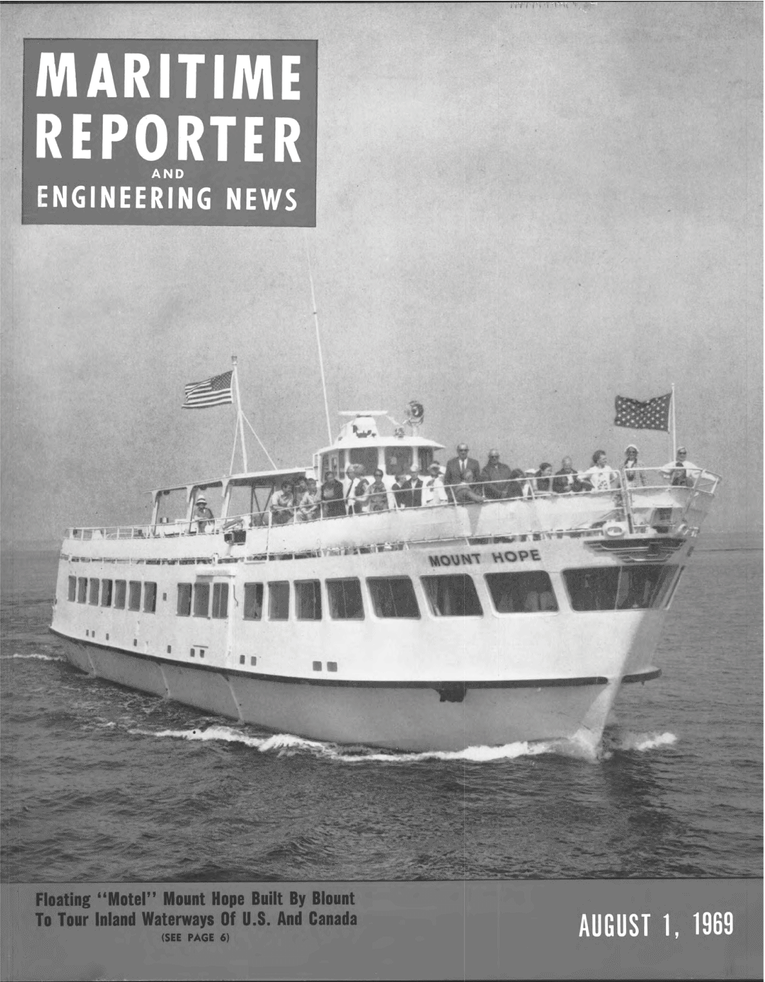
The cover of the August 1969 “Maritime Reporter Magazine” featured Mount Hope. * Source: https://magazines.marinelink.com/Magazines/MaritimeReporter/196908/page/1
Luther Blount’s Legacy
He pioneered modern-day overnight cruises along the length of the Erie Canal even though the railroads had built bridges in the 19th century to kill the lucrative freight and passenger traffic.
Not to be stopped dead in the water with too low bridges over the Erie Canal, Blount’s answer was to create a pilothouse that could be lowered into the vessel’s main body and the railings folded to the deck.
I recall intensely watching from the bow of the Niagara Prince as the captain inched his way under a railroad bridge with his wife’s eagle eye on the narrowing gap, to within maybe two inches to spare until the vessel was clear. I think I may have stopped breathing for a few seconds.
On another occasion aboard the same ship heading from Lake Michigan to the Mississippi, we passed under a railroad bridge with slightly more clearance, and seconds later Amtrak’s Super Chief bound from Chicago to Los Angeles thundered across the same span. I did notice that one bit of deck railing had a dent in it, from an earlier encounter.
“Go where the big ships cannot” became the slogan.
However, the two most recently-built Blount vessels, the Grande Caribe and the Grande Mariner, actually had a problem. They were too high in clearance to pass along the western end of the Erie Canal. Hence cruises between the Hudson River and the Great Lakes would enter the canal just north of Albany then switched over to the Oswego Canal near Syracuse leading to Lake Ontario for onward passage through the Welland Canal and into Lakes Erie, Huron, Superior and Michigan.
RELATED: Ted’s Erie Canal Cruise with Blount Small Ship Adventures.
Luther’s Ingenuity
Now back to oysters. Luther Blount, born at Warren, Rhode Island, near the Head of Narragansett Bay, grew into adulthood and joined the family business – oystering – with its base of operations in the same waterfront location where the cruise line and shipyard exist all these many decades later.
Then came the legendary 1938 hurricane, the largest storm to hit the Northeast in modern times, and in a few short hours the oyster beds and the business were in shambles. Luther, a graduate of Wentworth Institute of Technology in Boston, then set out on a different course — briefly.
With his inventive nature and New England pluck, Luther developed a steaming process for his brother’s clam business that attracted Campbell Soup as big buyers for the firm’s clam chowder.
Luther’s association with oysters returned when he built a highly-successful new type of steel oyster boat and that led to large and more diverse vessels such as small tankers, launches for the Panama Canal Company, passenger vessels for the Circle Line, ferries for owners throughout the northeast, Spirit-class dinner boats, and as reported earlier, the company’s first cruise vessel, the 40-passenger Mount Hope in 1969.
Blount’s Shipyard
Then followed the New Shoreham, New Shoreham II, Mayan Prince and so on, each slightly larger than the previous new builds.
Sometimes he would start constructing a hull and if he received an order for a dinner boat, he would complete it as such, and then start another that might end up in his own fleet.
The boats he built for the Circle Line in New York have carried over 75 million passengers.
Blount Marine Corporation eventually became Blount Boats, Inc. and the yard, built on top of a shell dump, has always had a reputation for quality and reliability.
The Blount 65 (a 65-foot passenger boat) was and still is found all over North America in multiple roles as excursion boats, dinner boats and ferries. One of the newest that I am fully aware of is the passenger and vehicle ferry for Governors Island, that separated piece of New York sitting just off the Battery in Lower Manhattan.
Three Daughters
Luther’s daughter Marcia is president and daughter Julie vice president, and Blount Boats has an enviable reputation in otherwise a largely man’s world. His third daughter, Nancy, joined the cruise side.
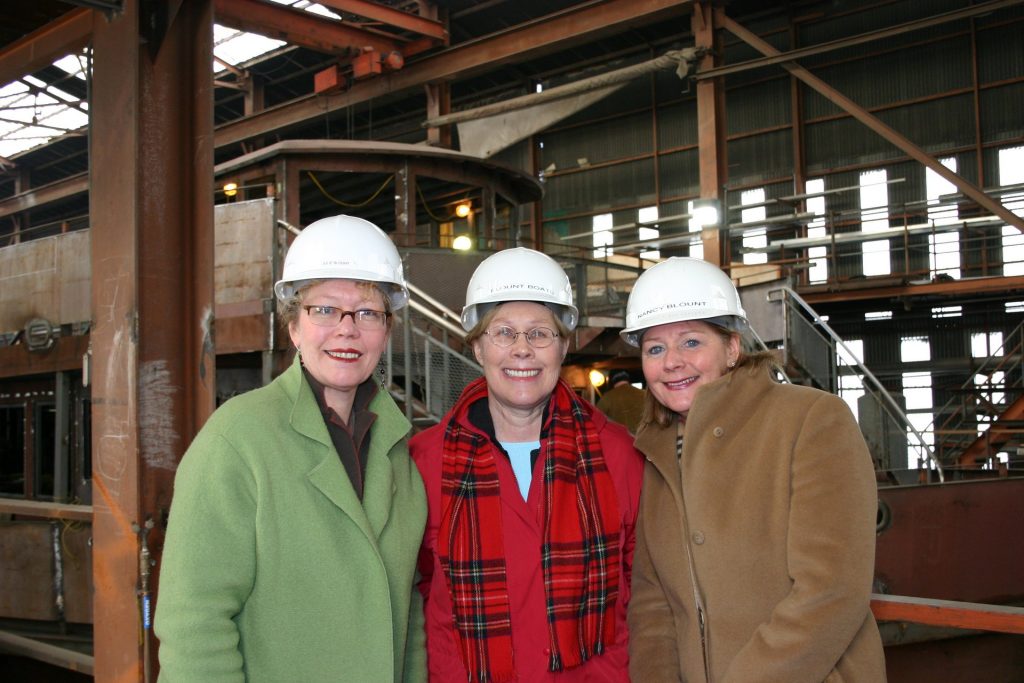
The Blount Sisters Three — Julie, Marcia & Nancy. * Photo: Blount Small Ship Adventures Facebook page
Their father died in 2006 at the age of 90. Nancy had started as a stewardess aboard the boats in 1966, then when she complained about being away from her friends during the summer months, she asked for a job closer to home. Luther made room for her as a welder in his shipyard.
By 1979, she was number two at the cruise line, back then known as American Canadian Line with Caribbean inserted later to form ACCL. The more recent change to Blount Small Ship Adventures came under her watch, to honor her father and more clearly define the cruise line’s mission — “Go where the big ships cannot.”
As Luther, a tried and true Yankee, did not believe in buying or building anything that he could not pay for, the company had no debt and that firm foundation put them in good stead during the last recession.
Go Where the Big Ships Cannot
Luther’s thrust was “go where the big ships cannot,” and the signature itinerary became the inland water cruise between home base at Warren, Rhode Island and Montreal and Quebec in Canada.
Leaving Narragansett Bay, the route passes through Long Island Sound, skirts by New York City via the East and Hudson Rivers, then above Albany turns west into the Erie Canal and Oswego Canal to enter Lake Ontario and continue on eastward along the St. Lawrence River and Seaway to French Canada. Passengers are never out of sight of scenery, and there is little chance of being seasick. No other line, not even competing coastal cruisers, can do this itinerary as we will see.
He established winter itineraries that cruised amongst the Bahamas, Caribbean islands and Belize and its impressive barrier reef. Then there were the Intracoastal Waterway cruises from Florida and the Deep South, an inland route bypassing Cape Hatteras into the Chesapeake Bay, thence through the Chesapeake and Delaware Canal, along the New Jersey Coast, past New York and onto Long Island Sound and finally passing through the choppy waters off Point Judith and into Narragansett Bay to the Blount’s HQ.
So “go where the big ships cannot” morphed into landings directly on the subtropical beaches via Luther’s patented bow ramp allowing passengers to go ashore almost anywhere there was a few feet of water and without resorting to tenders.
In fact, his patents eventually numbered 20, a Yankee entrepreneur par excellence.
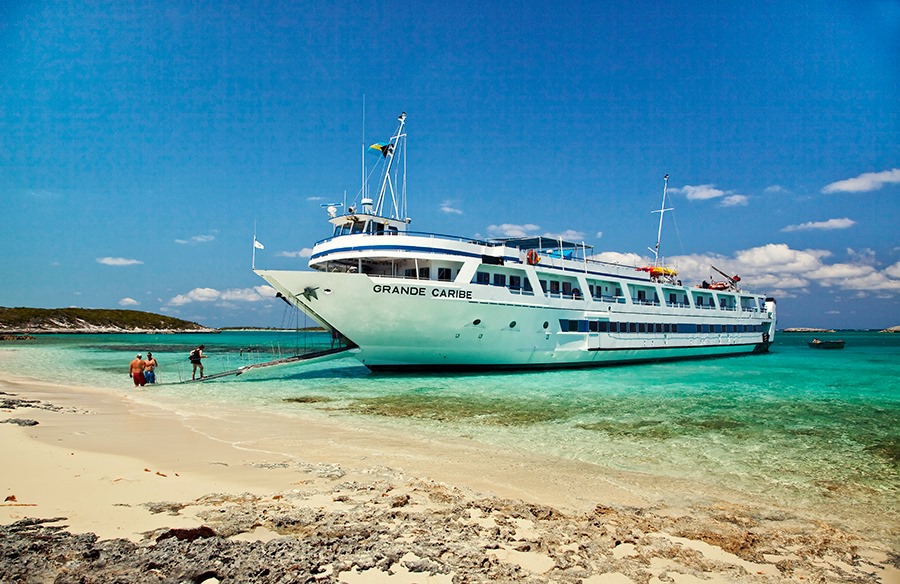
The bow ramp was super convenient for passengers. * Photo: Blount Small Ship Adventures Facebook page
Pint-A-Flush Toilets
One device that he was particularly proud of — though not all his passengers might agree — was the Pint-A-Flush toilet, the pint being the minuscule amount of water needed the complete the job. Simplicity reigned and that meant accordion type folding bathroom doors and hand-held showers in the same space as the toilet. Cabins were tiny, and still are by industry standards, but each cabin had its own separate air supply instead of the same stale air being circulated throughout the accommodations.
Most passengers soon got past the diminutive scale and appreciated the comparatively reasonable, but hardly cheap, fares and not being lured into dropping lots of extra money once aboard, other than for gratuities and shore excursions.
There were no casinos, spas, bars, extra tariff restaurants, shopping malls, inches of gold, or art auctions.
The line always had a BYOB policy as it did not sell alcohol. Passengers brought their own wine and spirits, and BSSA provided free storage, ice, set-ups and help about where they can top up ashore. On special evenings, the line offered fancy hors d’oeuvres and complimentary wine. Later wine at meals was included.
Meals were single sitting affairs where passengers freely join whomever they wish. Tables had places for six or eight, setting the scene for the fast-developing social atmosphere. Most came from the U.S. and Canada and occasionally, English-speaking foreigners found their way aboard. Generally, Blount’s clientele was retired or getting there, college educated and either refugees from the mega ships or never had a bit of interest in them in the first place.
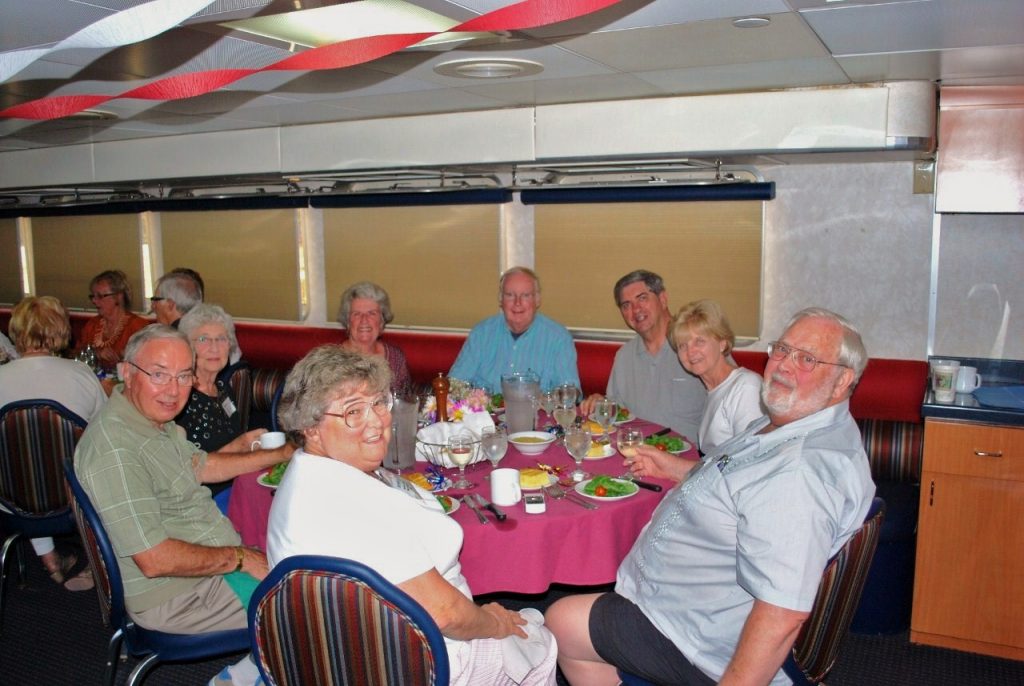
Large tables attract those who like meeting and mingle with fellow passengers. * Photo: A crew member
Young American Crews
The crew numbering 17-18 were all Americans, and most of college age or older. They received a wage, shared in the pool of tips, and got medical insurance and a 401K plan. The captains often started as deck hands and rose to mate and captain. Many stewardesses came for the travel experience and training in the hospitality industry. There was no question that they developed a work ethic as well as living in close proximity to one another over long periods of time.
Breakfast times catered to early or late risers, and the buffet set up included juices, cereals, fresh fruit and yoghurt. Once seated the stewardesses brought the hot entrée of the day that might be blueberry pancakes and bacon, omelets and sausages or French toast.
Lunch and dinner were at set times, with at lunch, a tureen of soup set on the table and at dinner, a salad at one’s places as one sat down. The main entrée at lunch might be a quiche or make your own sandwich and at dinner, tender roast beef, pork loin, breast of chicken, grilled salmon, and thick lamb chops.
A serving window looked right into the galley, and what passes through the opening was very good American cooking, and the type of food that most North Americans eat at home. Of course, vegetarian, vegan and restricted diets were catered to with advance notice. Over the 35 years that I have known Blount, the food had in more recent times taken a noticeable step up in quality, preparation and presentation.
Since 1986, I have made Blount trips among the New England Islands, along the Intracoastal Waterway between Rhode Island and Georgia, and from Toronto via the canals and Hudson River to New York.
Toronto to New York
For the most recent cruise beginning on Toronto’s waterfront, my wife and I occupied a Grande Mariner twin-bedded cabin on the main deck aft with the new-style bathroom now dividing the toilet and sink compartment from the shower stall. The attractive bed fabrics were dark blue and red, with signal flags decorating the curtains. The picture window slid open to bring in the fresh summer air, and stowage was more than adequate for what is always a casual dress code.
The lounge had comfortable seating and became the social center where passengers got acquainted, form friendships and have a drink before dining together.
It’s hard to imagine a more relaxed venue to meet others from all parts of the U.S. and Canada and share what we were all about.
The Grande Mariner sailed across Lake Ontario to spend the day at Niagara Falls on both sides, including a ride on the Maid of the Mist, lunch in the flower-bedecked town of Niagara-on-the-Lake that hosted a summer-long Shaw Festival and ending with a Niagara Peninsula vineyard visit conducted by an excellent tour guide.
Sailing nearly the full length of Lake Ontario, we called in at Kingston, once capital of Upper Canada, docking adjacent to the city center where a jazz festival was taking place and enjoying its lovely commercial and residential architecture on a walking tour. Cruising amongst the Thousand Islands, the captain gave a running commentary of the sights and famous people who frequented the resort region.
At Ogdensburg, we toured painter Frederick Remington’s house and art collection, then entered the Oswego Canal that led to the Erie Canal running nearly the full east-west length of New York State. Sections of the present canal use the Mohawk River, and bits of the earlier 1825 canal. The canal’s completion was a boon to New York City as its port became directly connected to the rest of the then known U.S.
Near Amsterdam, a member of the Oneida tribe came aboard to give us a talk about the traditional crafts her people are engaged in, and a local historian told stories of early canal travel and introduced us to some of the historic writings and songs of the era. A photographer accompanied the cruise and gave popular talks and private lessons on camera use.
We passed under lots of low bridges and descended through a series of locks to the Hudson River just above Albany. Docking at nearby Troy, the city’s local historian gave us a wonderful tour of this once rich manufacturing center with its important civic buildings, handsome residential architecture and preservation successes.
There was much to see on the all-day trip down the Hudson, including a top deck barbecue, so we would miss nothing en route. We passed historic houses with glorious Hudson River views, fringing Catskill Mountains, numerous lighthouses in the river and ashore, while sliding by the U.S. Military Academy at West Point, and slipping under stately suspension bridges.
Then the grand finale, passing Manhattan skyline’s at dusk and docking at the West Side’s Chelsea Piers, with city life less than a block away.
Other Connections to Blount
My direct connections to Blount continued on in an additional manner. When the Grande Caribe and Grande Mariner docked at the Chelsea Recreation Piers, once serving the White Star Line, and latterly excursion and dinner boats, sailing vessels and visiting yachts, I would take the subway from my New York apartment, meet the newly embarked passengers at dinner, then give a Power Point talk about New York harbor and the adjacent neighborhood.
After a night in one of the vessel’s cabins, I would lead an after-breakfast walk into the fast-changing Chelsea neighborhood and take a hike along the High Line, a former elevated freight rail line. Its new role caused a post-industrial district morph into more of a residential neighborhood and a destination for the art world, including the relocated Whitney Museum, and a bar and restaurant scene.
I have happy memories of all my associations over the years, but as the cruising world kept growing (until the COVID-19 pandemic), the new small- and medium-size cruise vessels being launched were more upscale than Luther Blount’s idea of New England simplicity and down-home atmosphere.
Today’s older generation seems to want larger accommodations, plusher atmosphere and more amenities and willing to pay for it. Those who cannot afford all that, and want to sail aboard smaller and less costly cruises, may now be out of luck. Much lower per-diem fares are readily available — on the big ships with their economies of scale — if that is any attraction.
Finished With Engines. R.I.P.
The current three-vessel fleet is for sale: 68-passenger Niagara Prince (1994), 96-passenger Grande Caribe (1997) and 96-passenger Grande Mariner (1998).
Note: This essay is partly adapted from a piece I wrote for Cruise Travel magazine centering on Blount’s boat building side, a thriving business.
© This article is protected by copyright, no part may be reproduced by any process without written permission from the author. All Rights Reserved. QuirkyCruise.com.

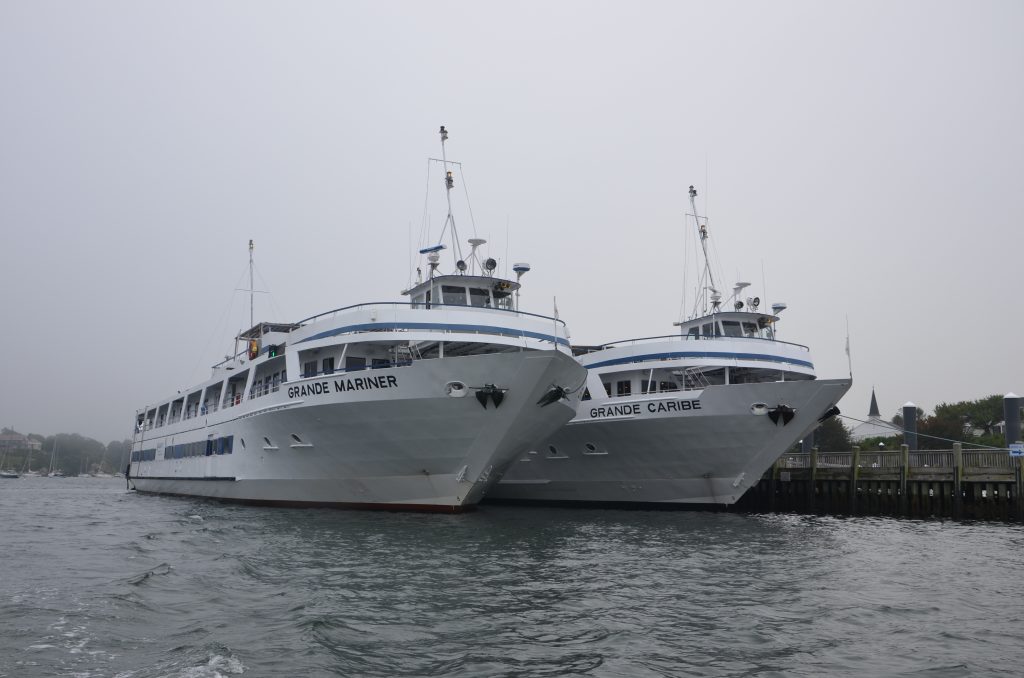
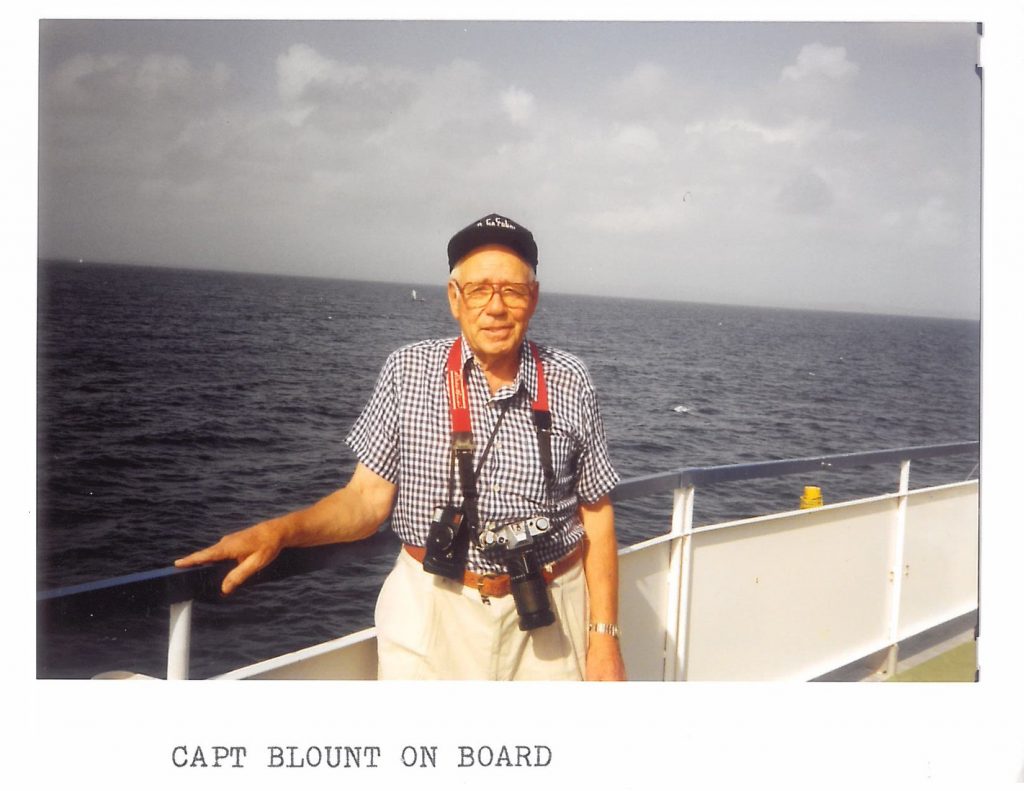
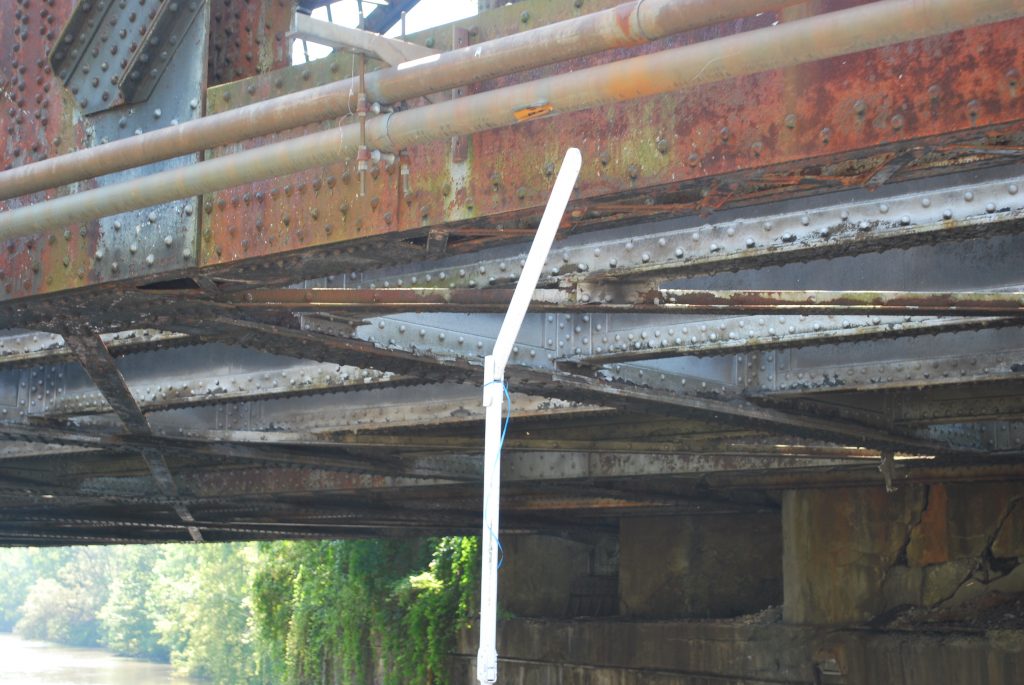

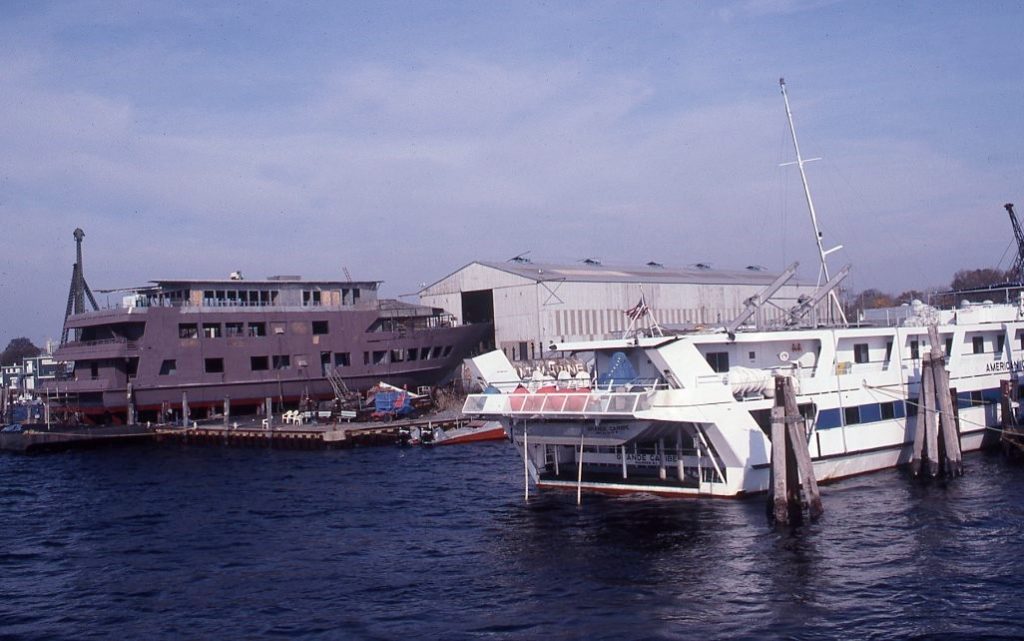
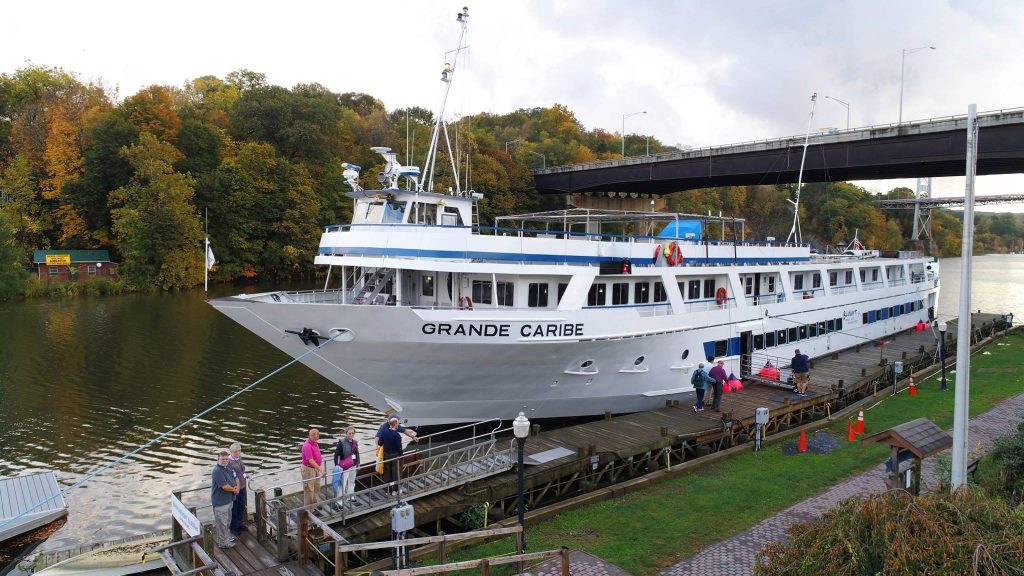

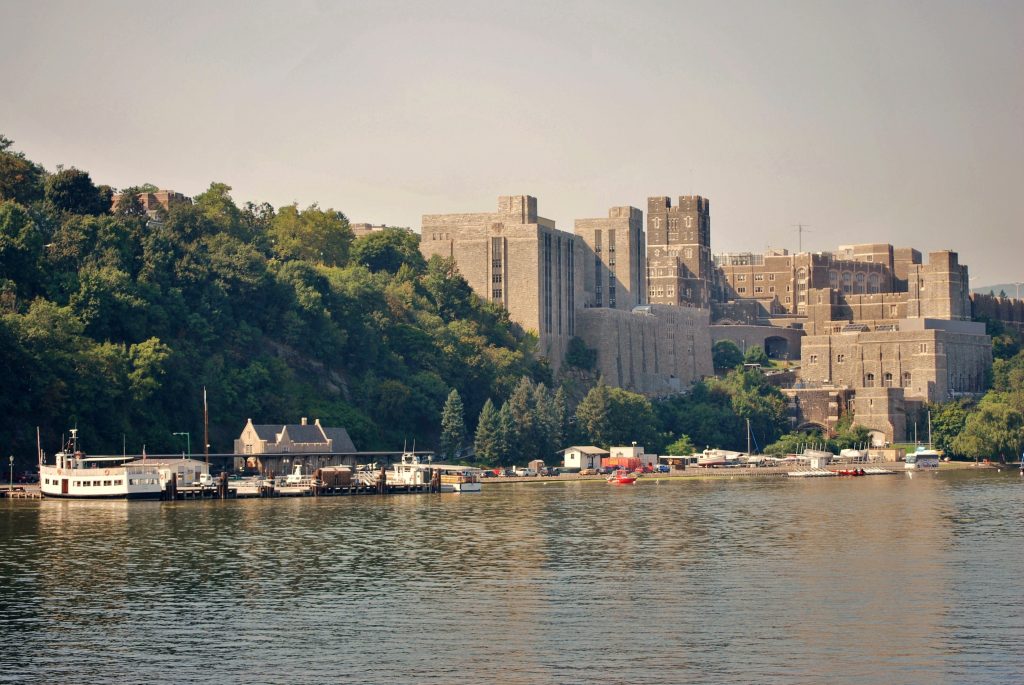
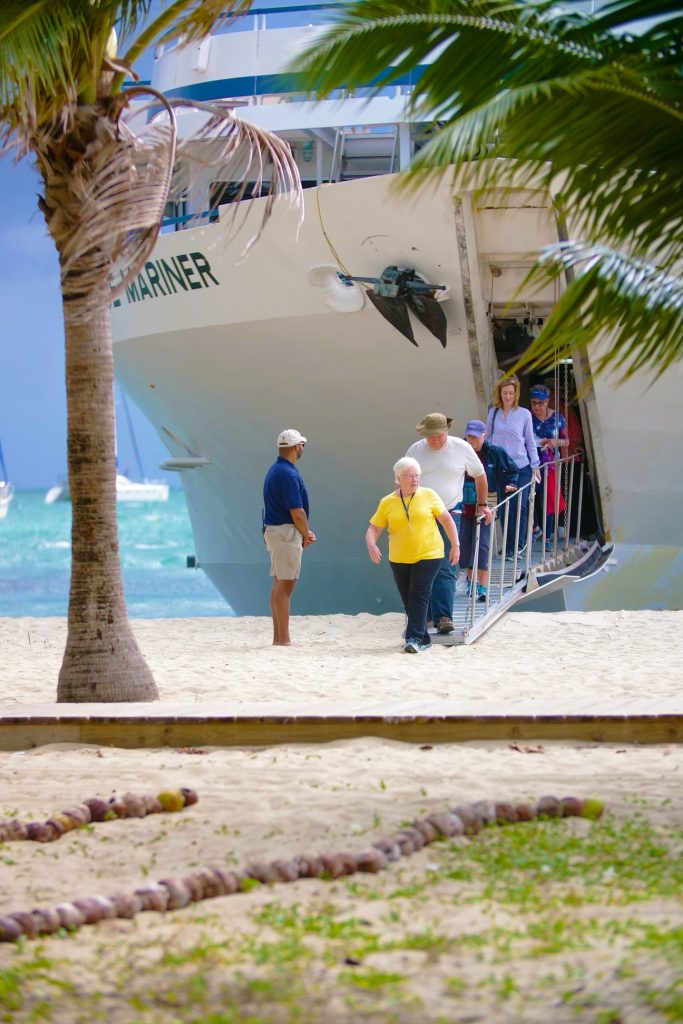
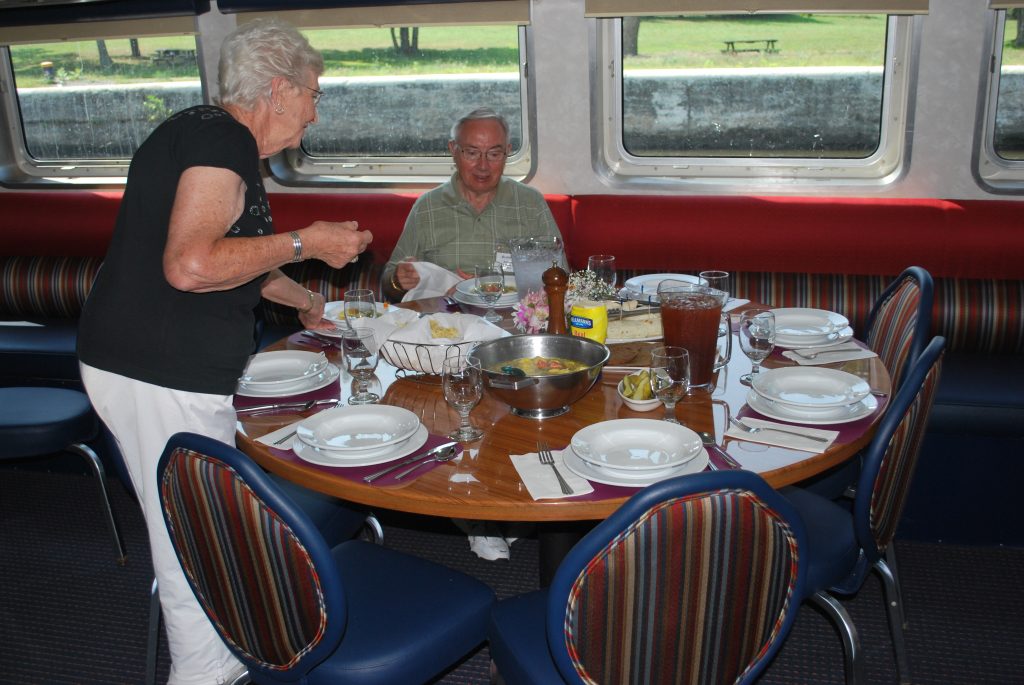
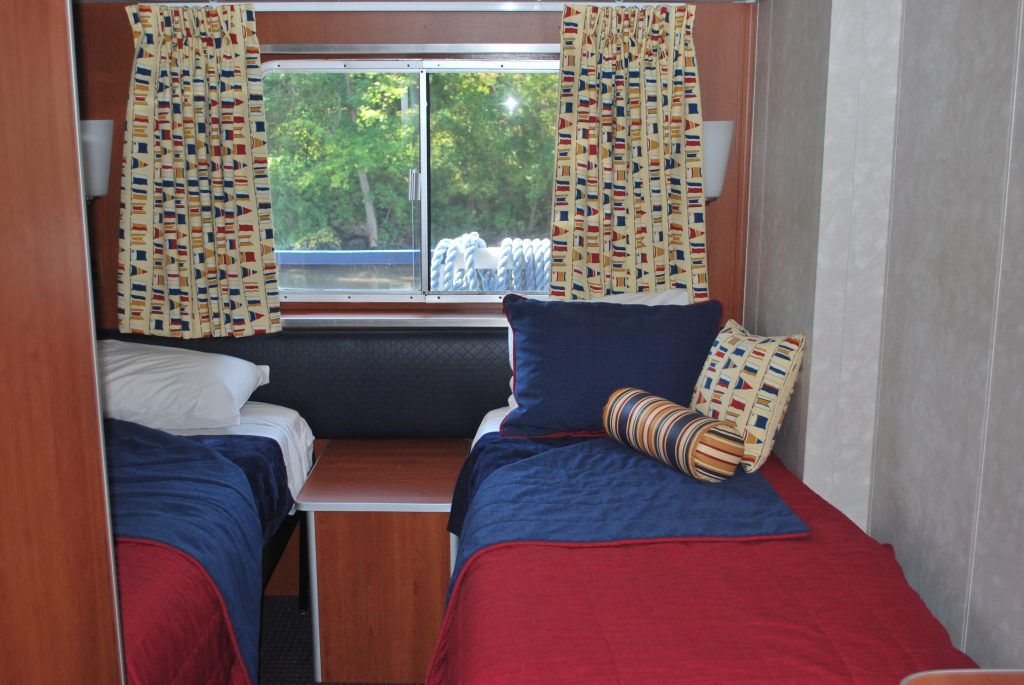
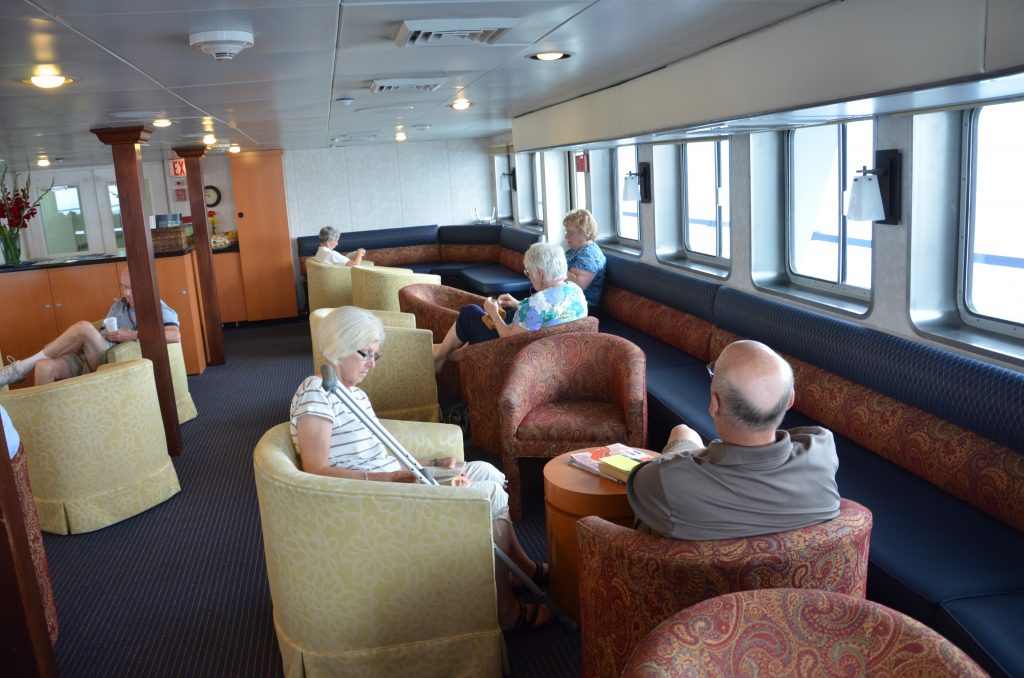
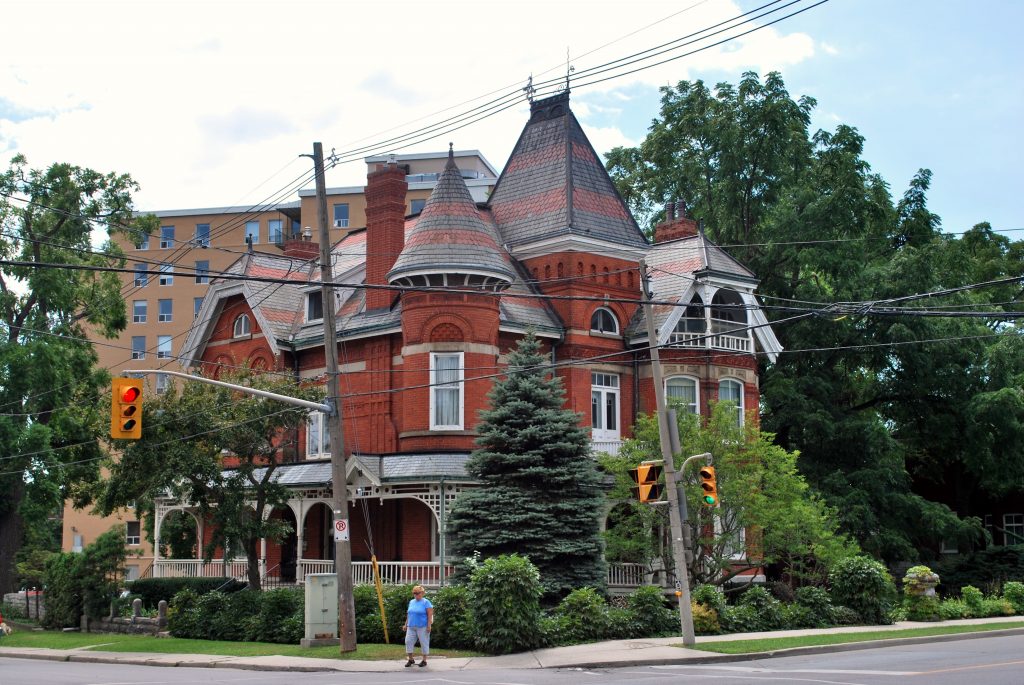
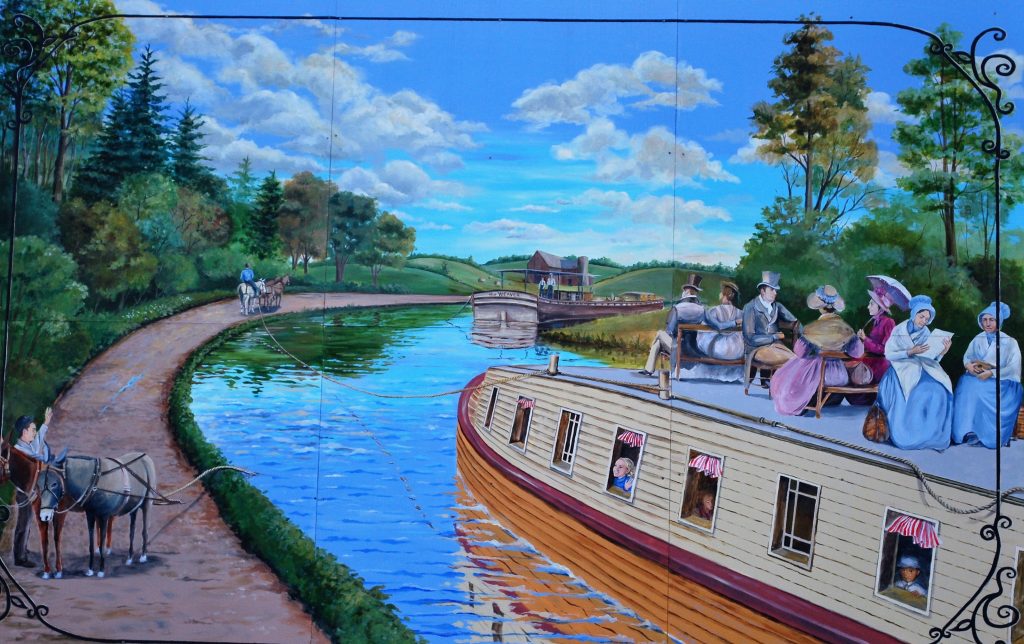
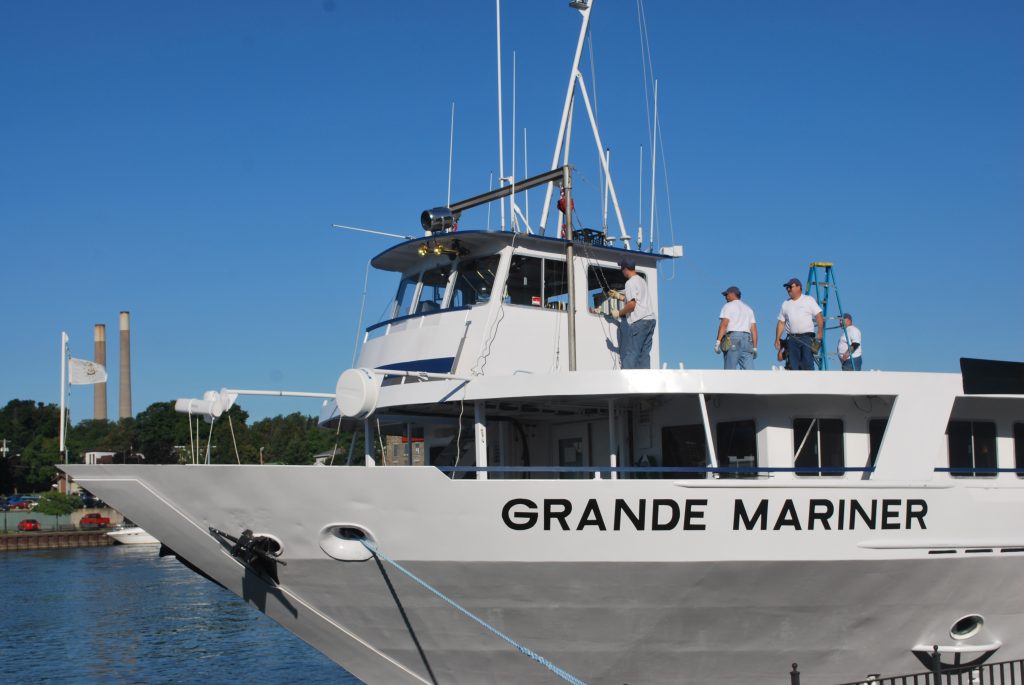
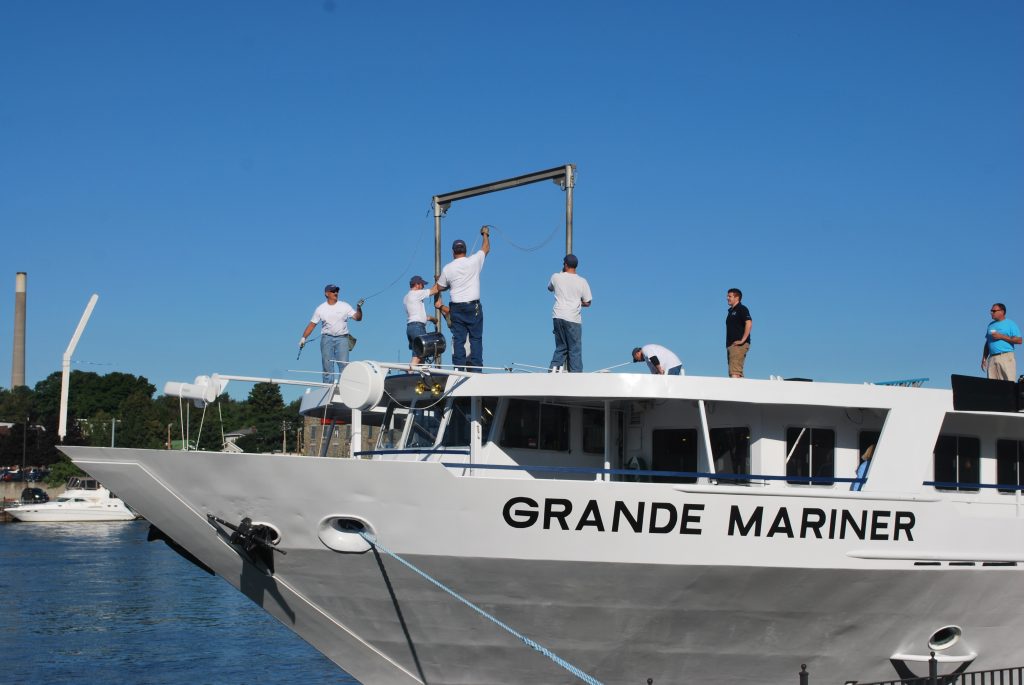
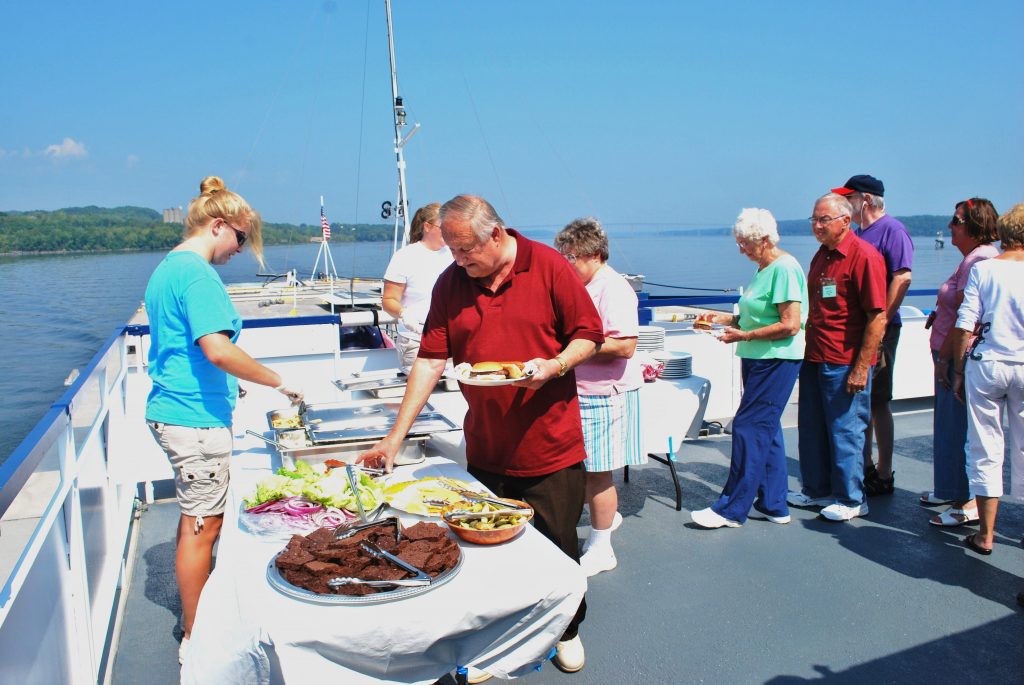
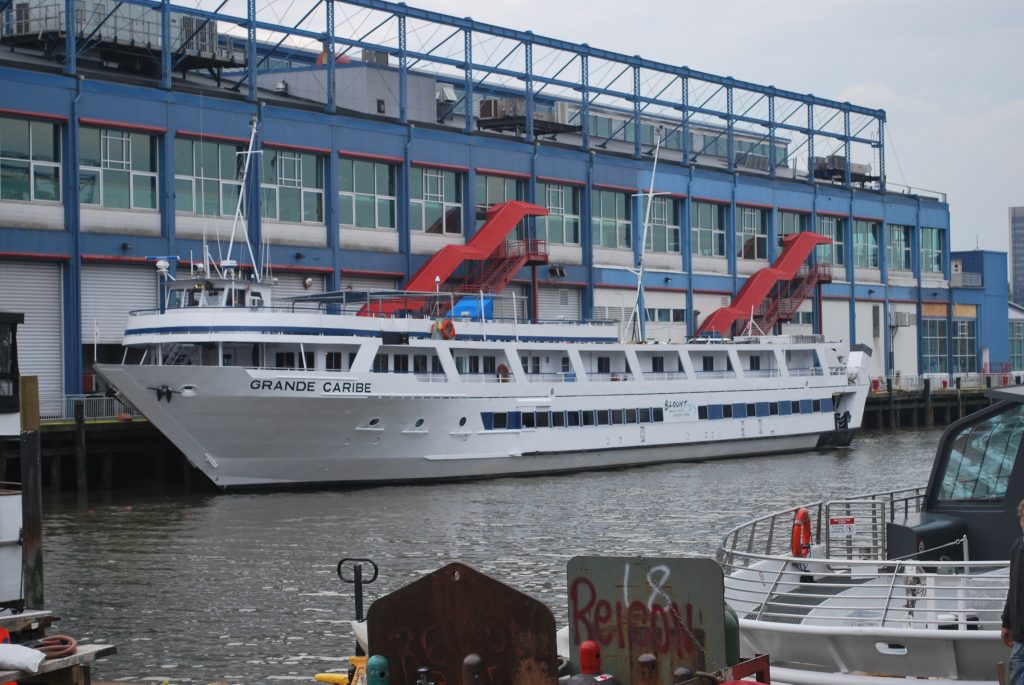
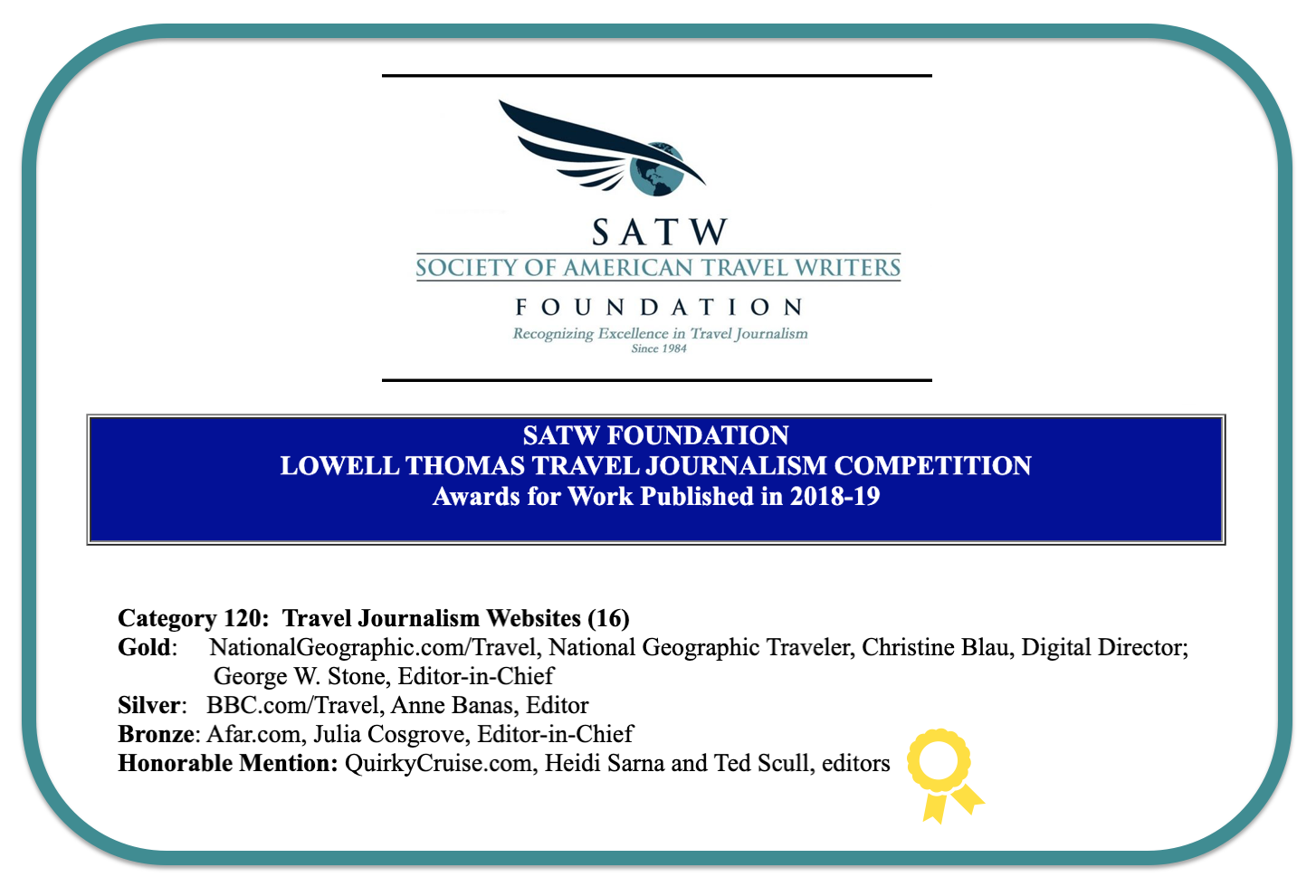
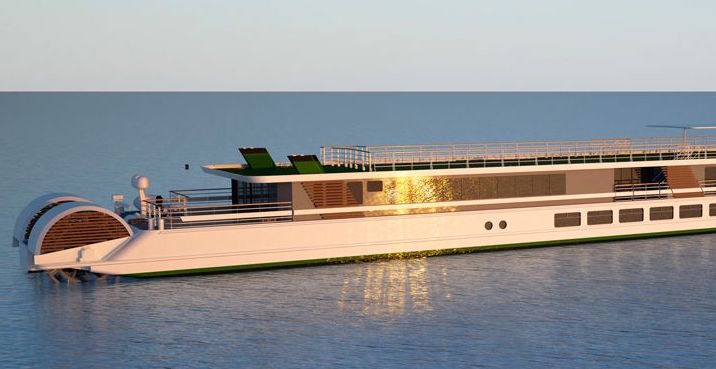
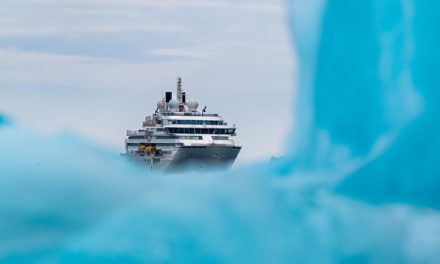
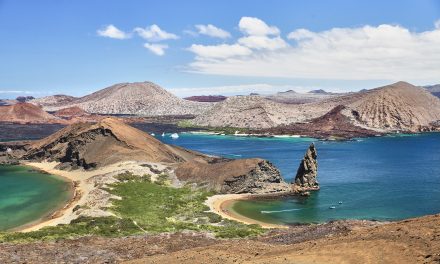








 HEIDI SARNA
HEIDI SARNA





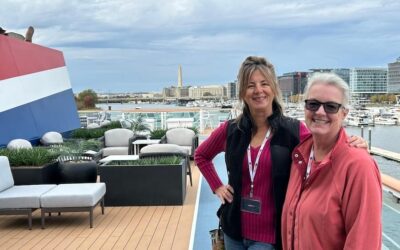
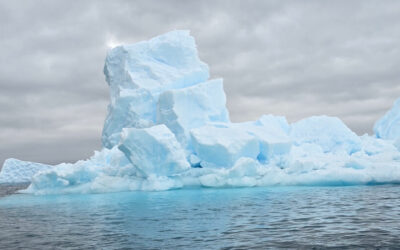

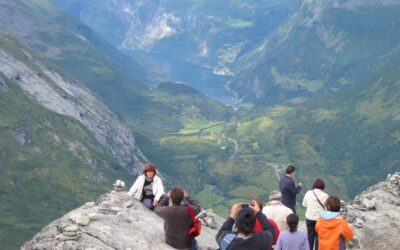
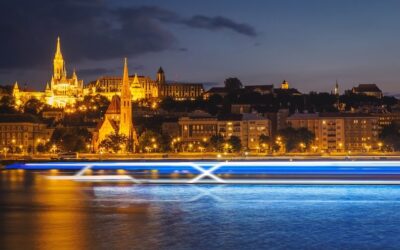


DRAT ! I had SO MUCH FUN on a recent “BLOUNT ROATAN TO BELIZE” adventure that I REALLY WANTED to go on their cruise @ BAHAMAS and on the ERIE CANAL journey… DRAT ! GOOD LUCK to all of their wonderful Office Staff and Crew/Staff of their ships. PLEASE COME BACK IF POSSIBLE !!!!
Douglas: We hear you and may it be so.
Excellent coverage Ted. Luther Blount was a true Yankee, pioneer, and entrepreneur. The Grandfather of the small cruise industry. His company will be missed by many.
You’re absolutely right George, Luther Blount was the grandfather of the small-ship cruise world, well said.
Breaks my heart. Knew Luther, the fine ladies that carried on and appreciate that collectively they added to my own life passion for going beyond the standard “ho hum” of cruising to something more meaningful. With heartfelt thanks and respect to the Blount family. Dan
Blanchard and Blount, two brackets on opposite coasts that led to the development of the small cruise ship industry. May we always remember Luther Blount, his ingenuity and inventions, and may UnCruise Adventures prosper in spite of COVID-19.
Sad to hear this! We have only gone on two of the cruises: islands of New England and the fall color trip last fall. Both were on the Caribe. Had hoped to go on one of the Caribbean ones. Thank you Blount for a great time, great service by all, and, for introducing us to some really fun guests!
We couldn’t agree more Susan, we applaud what Blount has offered for so many years.
We live in Warren, RI, and frequently walk past Blount Boats, often stopping at a Blount Market for fish sandwiches. We’ve taken many cruises on large cruise ships and were curious about the history of the boats that are still docked in Warren. Thanks for the story. Makes us want to book a ticket.
Thank you Bud for sharing your memories of Blount Boats, the family market, and the small ship cruise operation.
There was discussion some time ago about reviving the line but nothing has come of it thus far. Let’s keep hoping.
Ted
All 3 have now been sold as of today. NIAGARA PRINCE became the GUYANA GLORY and is set to cruise out of Georgetown, Guyana. The GRANDE MARINER has been sold to NY WATER CRUISES and has been converted to a dinner cruiser, with larger windows and all cabins stripped. The GRANDE CARIBE has been sold to an unknown party and has just arrived in Norfolk, Virginia.
Thank you Scott, we appreciate the update. Glad to know at least two of the Blount ships continue to live on.